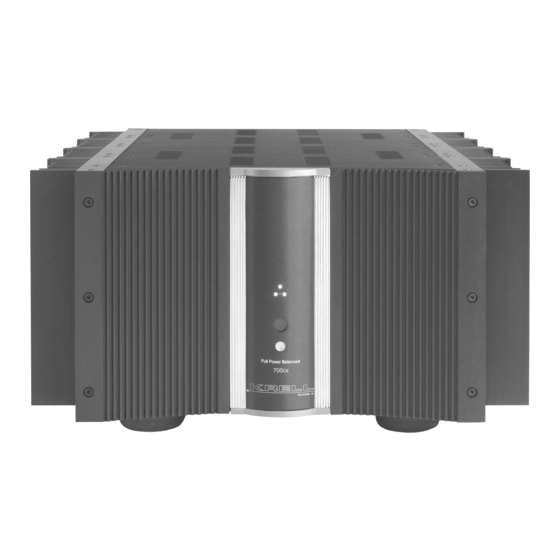Thanks, yes, that is what I'm asking. Supposedly Gene at AH could not run the 3080 past 2 V output before the protection engaged. I also wonder about the Denon AVRs because Amir found the pre-outs to be good only up to around 1.4 volts before issues appeared. Now, if I understand correctly, I need about twice 1.4 volt output to optimally drive the Krell.
Krell rates the input sensitivity of my amp at 2.7Vrms, and the gain at 26.4dB. Again, it has only XLR inputs. It is the FPB 400cx:
Krell Industries 350Mcx Manual Online: Specifications. Full Power Balanced 300cx, 400cx, 700cx Stereo Amplifiers FREQUENCY RESPONSE SIGNAL TO NOISE RATIO ''A'' WEIGHTED GAIN TOTAL HARMONIC DISTORTION (THD) ALL BALANCED, UNWEIGHTED INPUT IMPEDANCE INPUT SENSITIVITY OUTPUT POWER EACH...

www.manualslib.com


